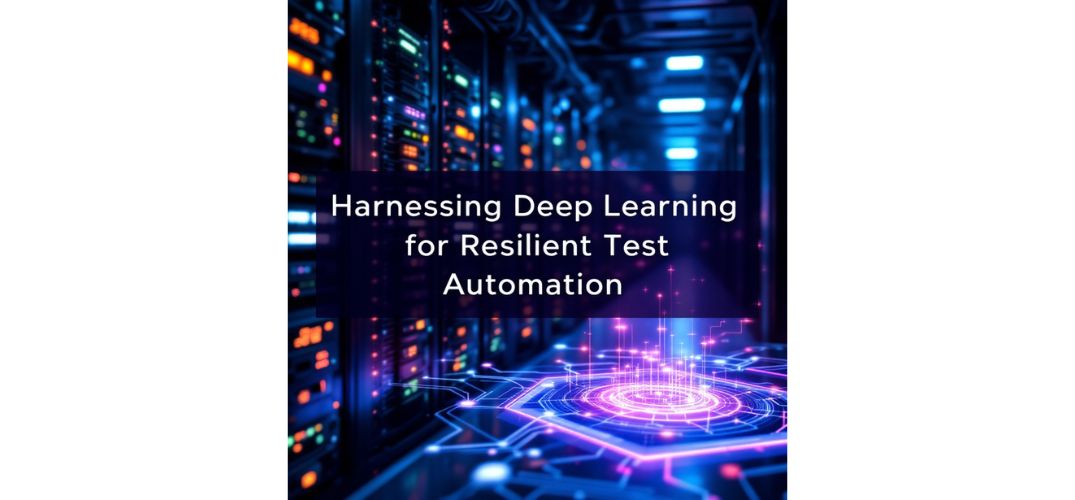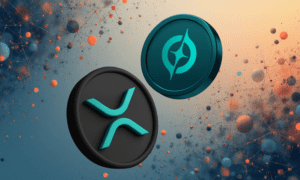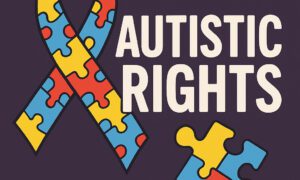In today’s digital transformation era, software testing is undergoing a pivotal evolution. Ajay Seelamneni, a researcher and innovator in automated testing, delves into the transformative capabilities of self-healing test automation powered by deep learning. His work offers a compelling view into the future of autonomous quality assurance systems and how they can drastically reduce manual intervention in fast-paced development cycles.
From Static to Self-Healing: The Testing Shift
Modern software changes frequently, often breaking traditional automated tests—not due to bugs, but evolving interfaces or workflows. Self-healing test automation counters this fragility by autonomously adapting to changes in real time, reducing human intervention and significantly boosting test resilience and overall efficiency.
Intelligence at the Core: Deep Learning Models in Action
Self-healing systems rely on deep learning: CNNs interpret UI visuals to identify elements despite interface changes, while RNNs predict user flows and behaviors. This neural foundation ensures reliable test execution, minimizes false negatives, preserves speed, and enables accurate real-time healing in dynamic environments.
Architectural Marvels: The Framework Behind the Intelligence
Intelligent testing systems use a closed-loop MAPE-K-based architecture to autonomously monitor, analyze, plan, and execute changes. A learning knowledge base refines decisions through prior test runs. This foresighted design ensures the system evolves with applications, enabling adaptive, scalable test automation without human intervention as software complexity grows.
Cross-Platform Precision with Modular Designs
Implementing these frameworks across different platforms—be it mobile, desktop, or web—presents significant challenges. The solution lies in modular architecture and platform-specific adapters. These adapters interact with unique platform elements while feeding standardized data to the core engine, allowing consistent behavior across environments. The result is a harmonious balance between universality and specificity, ensuring effective self-healing no matter where the tests are run.
Smarter Strategies with Neural Ensembles
Ensemble techniques boost healing effectiveness by integrating visual, behavioral, and domain-specific models into a cohesive, adaptive system. By dynamically adjusting model weights based on application context, they enhance precision and responsiveness, outperforming rigid monolithic systems in managing unpredictability, resource use, and evolving conditions.
Locators That Adapt Like Humans
One of the pillars of effective self-healing is the intelligent locator strategy. Instead of relying solely on brittle property-based identifiers, the system uses a multi-layered approach. It begins with the most unique attributes and expands to visual and structural patterns when necessary. This flexibility ensures that UI elements are identified correctly, even if they’ve shifted or changed completely—a monumental improvement over conventional testing tools.
Behavior-Based Healing for Early Intervention
Beyond visual recognition, modern self-healing frameworks analyze behavioral patterns to catch failures before they happen. By observing DOM mutations and workflow transitions, the system can anticipate when a test might fail and preemptively adjust. This proactive capability drastically reduces false healing and keeps the testing process fluid and uninterrupted, even amid complex UI transformations.
Rolling Out the Future: Incremental Integration
For organizations looking to implement self-healing frameworks, gradual deployment proves most effective. Starting with parallel execution and moving through selective replacement, modular refactoring, and finally, continuous optimization, this phased approach ensures minimal disruption. The system evolves organically within existing test infrastructures, gaining trust and proving its value at every stage.
Measuring What Matters: Multi-Stakeholder Metrics
To demonstrate value across the organization, performance must be measured from multiple perspectives. Technical teams benefit from granular operational metrics, quality leads focus on automation stability, and executives look at business impact—such as time-to-market and resource optimization. By tailoring insights to stakeholder needs, the system ensures organization-wide support for intelligent testing initiatives.
Looking Ahead: Autonomous Test Evolution
The roadmap ahead includes cutting-edge techniques like combinatorial testing to verify deep learning behavior, metamorphic testing to handle complex output validation, and genetic algorithms for autonomous test case evolution. These advancements will ensure that test automation not only keeps pace with software development but also drives innovation by eliminating traditional bottlenecks.
In conclusion, Ajay Seelamneni’s groundbreaking work lays a strong foundation for a future where test automation systems don’t just follow instructions—they think, learn, and adapt. As organizations adopt these intelligent frameworks, they stand to gain in speed, quality, and sustainability, transforming testing from a reactive necessity into a proactive powerhouse of innovation.





























